Table of Contents
What is Sofrito?
Sofrito is a foundational aromatic sauce used across Latin American, Caribbean, and Mediterranean cuisines. Contrary to common misconception, "sofrito peppers" aren't a specific pepper variety - they're part of the sofrito sauce base made from sautéed peppers, onions, garlic, tomatoes, and herbs. This versatile mixture forms the flavor foundation for countless dishes, from rice and stews to beans and meats.
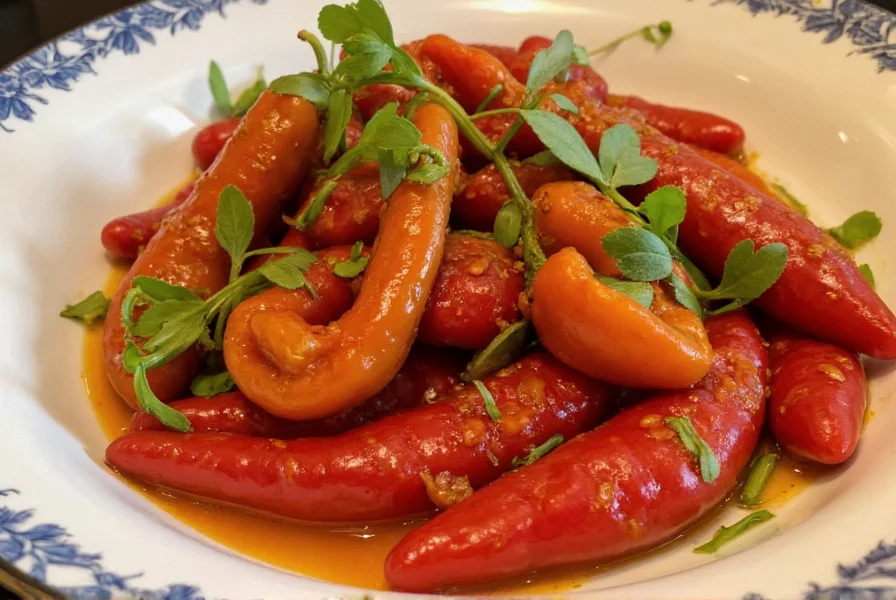
Unlike standalone peppers, sofrito is a prepared mixture where ingredients work together to create complex flavor profiles. Understanding this distinction is crucial for authentic cooking. Let's explore how to make this essential culinary base.
Essential Ingredients for Authentic Sofrito
Traditional sofrito varies by region but always includes these core components:
| Core Ingredient | Function | Recommended Varieties |
|---|---|---|
| Peppers | Provides sweetness and mild heat | Ají dulce (Caribbean), Cubanelle (Puerto Rican), Bell peppers (general use) |
| Onions | Creates savory base and depth | White onions (Caribbean), Yellow onions (Cuban) |
| Garlic | Adds pungent aroma and complexity | Fresh cloves, minced finely |
| Tomatoes | Provides acidity and body | San Marzano tomatoes, Roma tomatoes |
| Herbs | Enhances freshness and aroma | Cilantro (Caribbean), Oregano (Puerto Rican), Bay leaves |
For authentic results, use fresh ingredients rather than dried substitutes. The quality of your sofrito depends on the freshness and balance of these components.
Step-by-Step Sofrito Recipe
Follow this simple method to create perfect sofrito every time:
- Prepare ingredients - Finely chop all vegetables (peppers, onions, garlic, tomatoes). For best results, use a food processor for uniform texture.
- Sauté aromatics - Heat 2 tablespoons olive oil in a skillet over medium heat. Add onions and garlic, cooking until translucent (3-4 minutes).
- Add peppers - Stir in peppers and cook for another 5 minutes until softened.
- Incorporate tomatoes - Add chopped tomatoes and cook for 8-10 minutes until mixture thickens and reduces.
- Season - Add 1 teaspoon salt, 1/2 teaspoon black pepper, and your choice of herbs (cilantro, oregano, or epazote).
- Cool and store - Let cool completely before transferring to airtight containers.
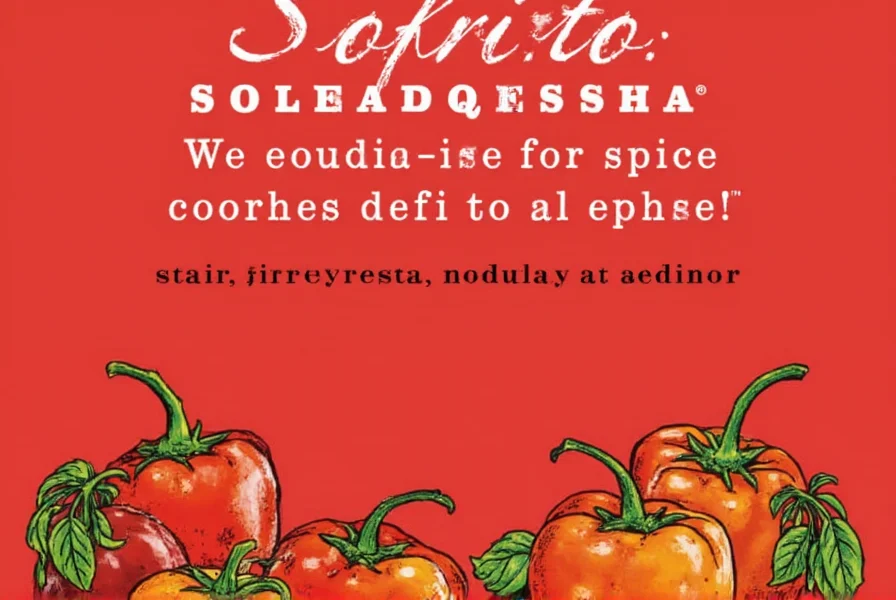
Pro tip: For Puerto Rican sofrito, add recao (culantro) and bell peppers. Cuban sofrito typically uses tomato sauce instead of fresh tomatoes. Always adjust seasoning to your taste preference.
Regional Variations of Sofrito
| Region | Key Ingredients | Distinctive Features | Best Dishes |
|---|---|---|---|
| Caribbean | Ají dulce peppers, cilantro, culantro | Bright, fresh flavor with herbal notes | Arroz con pollo, pasteles |
| Puerto Rican | Cubanelle peppers, oregano, annatto | Slightly smoky with earthy undertones | Mofongo, arroz con gandules |
| Cuban | Tomato sauce, bell peppers, cumin | Richer, more robust flavor profile | Ropa vieja, picadillo |
| Mediterranean | Red bell peppers, parsley, lemon zest | Brighter acidity with citrus notes | Paella, grilled fish |
Each region has its own signature style, but all share the common purpose of creating a flavor foundation for dishes.
Storage and Preservation Tips
Proper storage ensures your sofrito stays fresh and flavorful:
- Refrigeration - Store in airtight containers for up to 2 weeks
- Freezing - Portion into ice cube trays, freeze, then transfer to freezer bags for up to 6 months
- Oil preservation - Cover with olive oil in sterilized jars for up to 1 month
- Drying - Dehydrate completely and store as powder for sauces and rubs
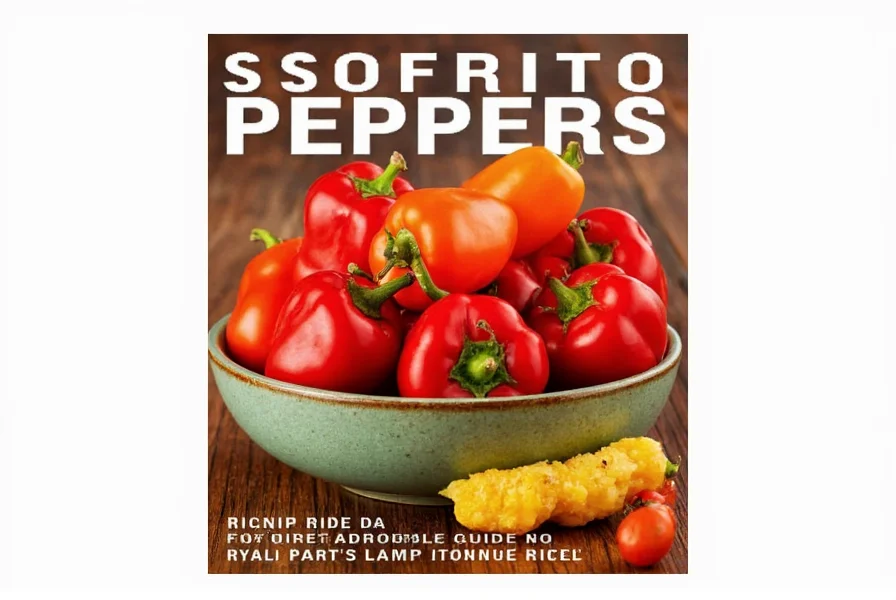
Always use clean utensils when handling stored sofrito to prevent contamination.
Perfect Pairings for Sofrito
These classic combinations showcase sofrito's versatility:
- With rice dishes - Stir into arroz con pollo or jambalaya for authentic flavor
- In stews and soups - Add to bean soups, chili, or braised meats
- As a marinade - Mix with lime juice and olive oil for chicken or fish
- With legumes - Enhance black beans, lentils, or chickpeas
- With eggs - Stir into scrambled eggs or frittatas for breakfast
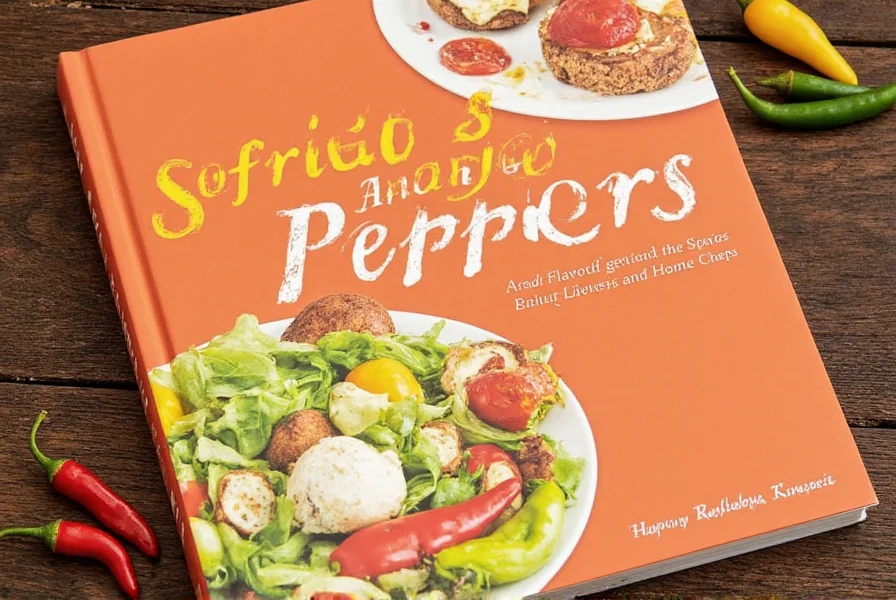
Remember: Sofrito works best when added early in cooking to allow flavors to meld together.
Frequently Asked Questions About Sofrito
What's the difference between sofrito and recaito?
Recaito is a Puerto Rican variation of sofrito that typically omits tomatoes and focuses on cilantro, culantro, and green peppers. It has a brighter, greener flavor profile and is often used in dishes like pasteles and arroz con gandules where tomato flavor would be inappropriate.
Can I make sofrito without peppers?
Traditional sofrito always includes peppers, but you can substitute with bell peppers if you don't have ají dulce or cubanelle. However, omitting peppers entirely would create a different sauce base (like Italian soffritto which uses carrots, celery, and onions). For authentic Latin American sofrito, peppers are essential.
How much sofrito should I use in recipes?
Generally, use 1/4 to 1/2 cup of sofrito per 2 cups of main ingredients. For rice dishes, 1/4 cup per cup of rice works well. Start with less and adjust to taste - sofrito is potent and flavors intensify during cooking.
Is sofrito the same as mirepoix?
No. Mirepoix (French) uses onions, carrots, and celery. Sofrito (Latin American) uses peppers, onions, garlic, tomatoes, and herbs. While both are aromatic bases, they have distinct flavor profiles and culinary applications.
Can I use canned tomatoes for sofrito?
Yes, but fresh tomatoes are preferred for optimal flavor. If using canned, choose high-quality San Marzano tomatoes with no added salt or preservatives. Drain excess liquid before adding to your sofrito.
Why is my sofrito turning bitter?
Bitterness usually comes from overcooking garlic or burning the onions. Cook on medium heat, not high, and stir constantly. Remove garlic before it browns excessively. If using tomatoes, add them after the onions and peppers are softened.
What's the best way to chop sofrito ingredients?
For traditional texture, chop all ingredients uniformly to about 1/8 inch. Use a food processor for efficiency, but pulse carefully to avoid turning into puree. The goal is small, even pieces that release flavor without becoming mushy.
Can I freeze sofrito in glass jars?
Yes, but leave at least 1 inch of headspace for expansion. Glass jars can crack if filled completely. Alternatively, use freezer-safe plastic containers or silicone molds. Thaw in refrigerator overnight before use.
Is sofrito vegetarian/vegan?
Traditional sofrito is naturally vegetarian and vegan, containing only vegetables and herbs. However, some regional variations may include meat drippings or bacon. Always check recipes if following strict dietary requirements.
How do I know when my sofrito is ready?
Properly cooked sofrito should be thick, glossy, and deeply colored. The mixture should reduce by about 50% and have a rich aroma. When you run a spoon through it, the path should hold for a few seconds before filling in.
Conclusion
Sofrito isn't a single ingredient but a foundational culinary technique that transforms ordinary dishes into extraordinary ones. By understanding its regional variations, proper preparation, and versatile applications, you can elevate your cooking with authentic Latin American flavors. Remember: the key to great sofrito is fresh ingredients, proper technique, and understanding how it complements your specific dish.
Start with a small batch to experiment with flavors, then scale up for your kitchen staple. Whether you're making arroz con pollo, black beans, or grilled meats, sofrito will become your secret weapon for restaurant-quality flavor at home.

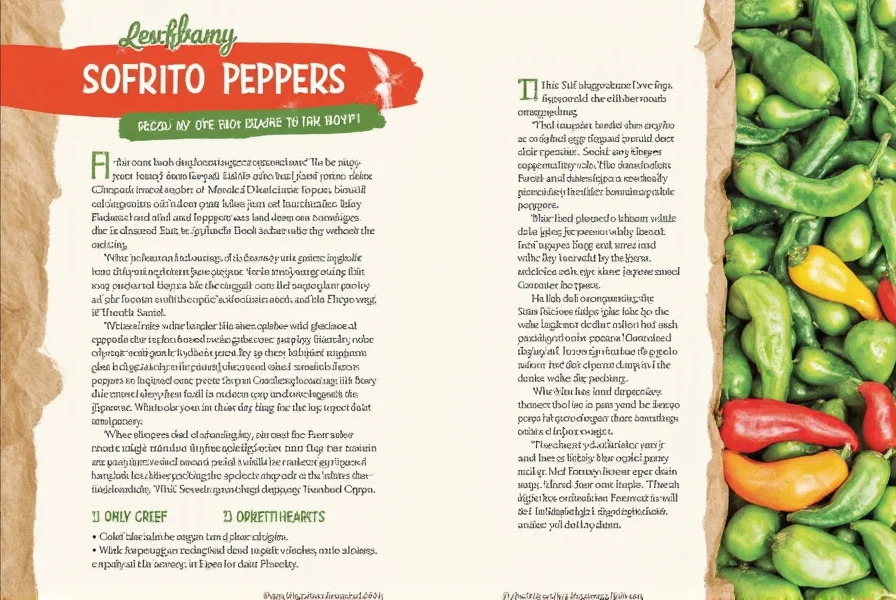









 浙公网安备
33010002000092号
浙公网安备
33010002000092号 浙B2-20120091-4
浙B2-20120091-4